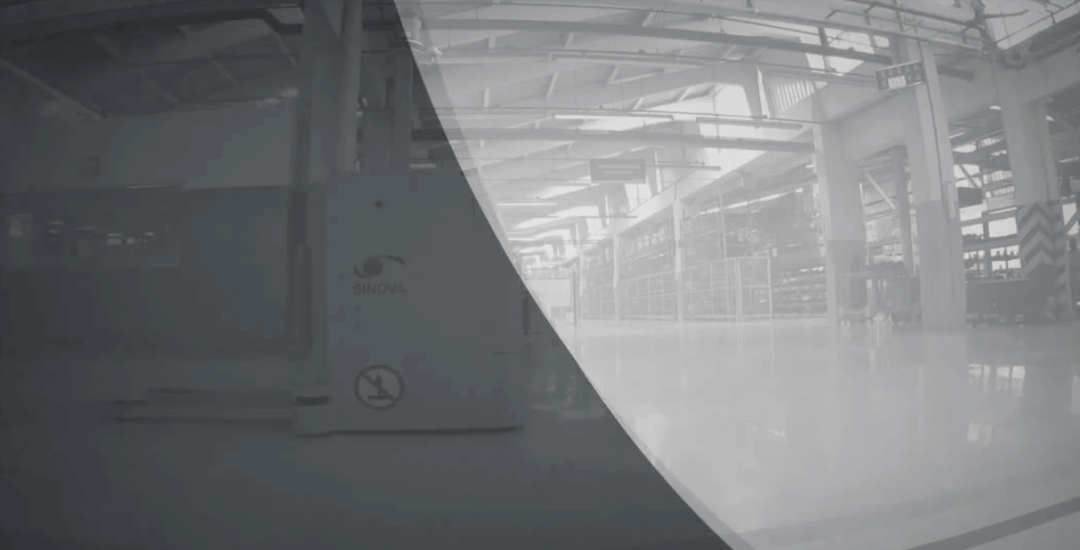 1
1AGV safety measures
The AGV must be designed to suit its purpose or function, and can be adjusted and maintained without putting people at risk when used under the conditions envisaged by the manufacturer.
In order to properly design a product and meet all specific safety requirements, we identify possible hazards and performs a risk assessment, then designs, manufactures and commissions this consideration, in accordance with ISO 12100: 2013.
The purpose of this procedure is to eliminate the risk of accidents over the expected AGV service life and that of its systems, including assembly and maintenance phases, in which the risk of accidents can also stem from abnormal yet predictable situations.
When selecting the most suitable methods, we apply the following principles:
- Eliminate danger or reduce risks as much as the project allows (design and construction of safe machinery);
- take the necessary protection measures related to risks that cannot be eliminated;
- inform users of any deficiencies in the protection measures adopted;
- indicate if any specific training is necessary and;
- provide operating and maintenance manual.
The AGV is designed to avoid abnormal use whenever possible, if this creates risks. In other cases, the instructions should draw the user's attention to modes of use in which AGV should not be used.
AGV NORMS
Sinova is part of the Study Committee (CE-004: 010.019), working in the secretariat for the development and harmonization of a standard for VFA, studying the main International Standards, such as:
- ISO/CD 3691 Industrial trucks - Safety requirements and verification - Part 4: Driverless industrial trucks and their systems;
- EN 1525 Safety of industrial trucks. Driverless trucks and their systems;
- EM 1526 Safety of industrial trucks. Additional requirements for automated functions on trucks.
Normative References
for AGV Projects
- NR 12 Safety at work in machinery and equipment
- NR 10 Safety in facilities and services in electricity
- ABNT NBR ISO 12100: 2013 Safety of machinery - General design principles Assessment and risk reduction
- ABNT NBR ISO 13852: 2003 Safety of machinery - Safety distances to prevent access to danger zones by the upper limbs
- ABNT NBR ISO 13853: 2003 Safety of machinery - Safety distances to prevent access to danger zones by lower limbs
- ABNT NBR ISO 13854: 2003 Machine safety - Minimum clearances to prevent harm to parts of the human body
- ABNT NBR ISO 13855: 2010 Safety of machinery - Positioning of equipment protection with reference to the approximation of parts to the human body
- ABNT NBR NM 272: 2002 Machine safety - Protections - General requirements for design and construction of fixed and mobile protections
- ABNT NBR NM 273: 2002 Safety of machinery – associated protected device interlocking - Principles for design and selection
- ABNT NBR 13759: 1996 Safety of machinery - Emergency stop equipment
- Functional Aspects - Principles for Design
- ABNT NBR 14153: 2013 Safety of machinery - Safety-related control systems parts - General Principles for Design
- ABNT NBR 14154: 1998 Machine safety - Prevention of unexpected starting

